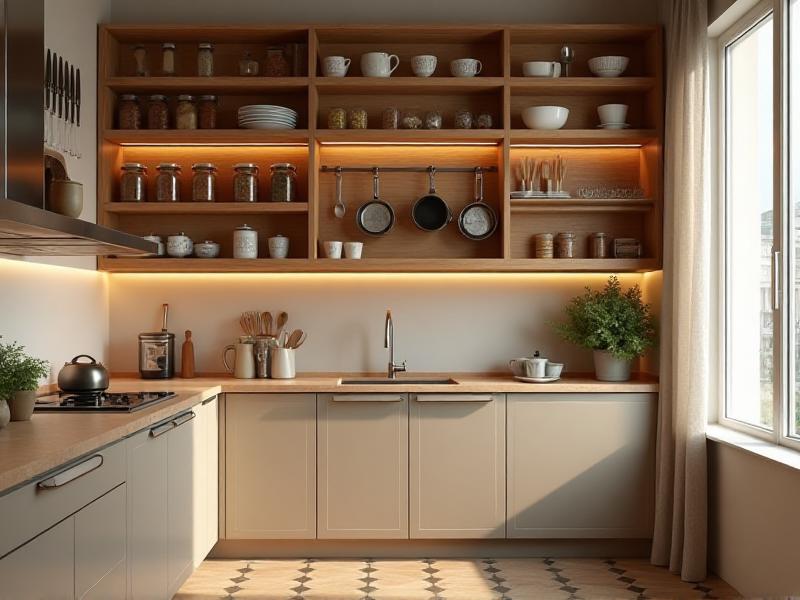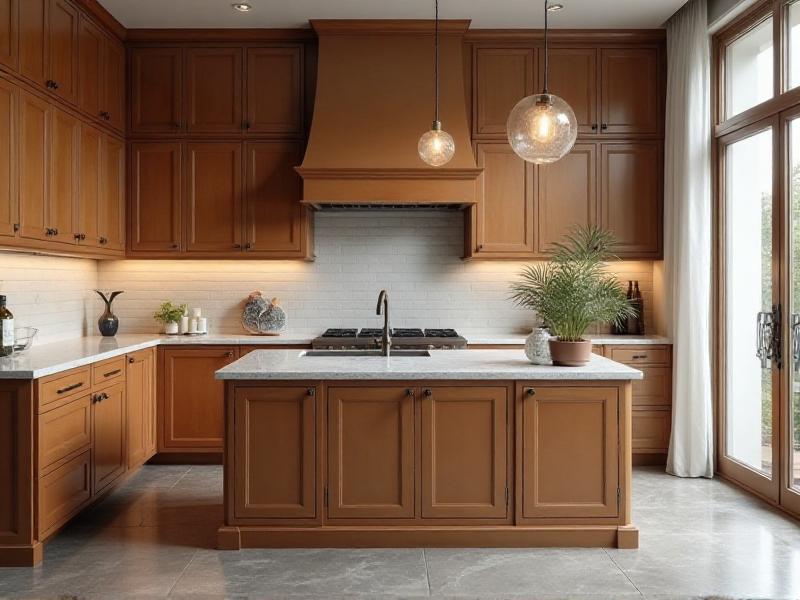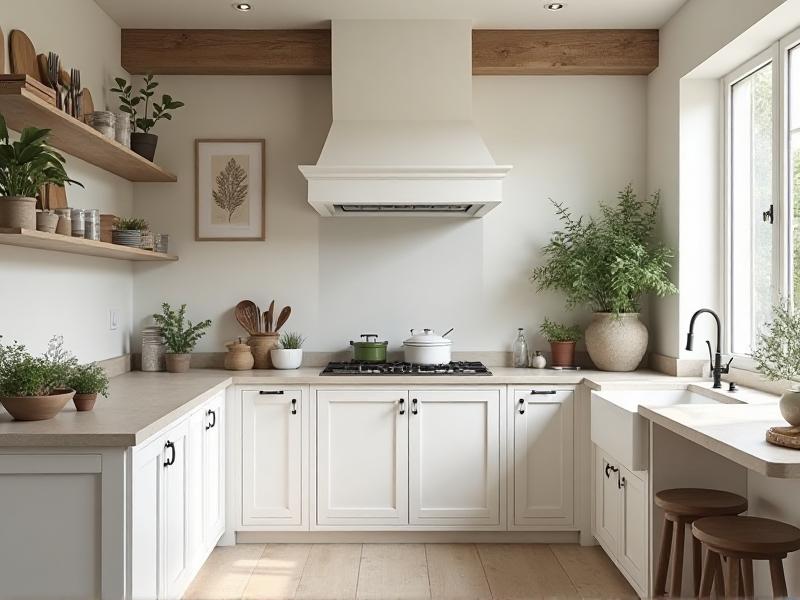The Role of Texture in Kitchen Design: Creating a Rich Look
1. Understanding Texture in Kitchen Design
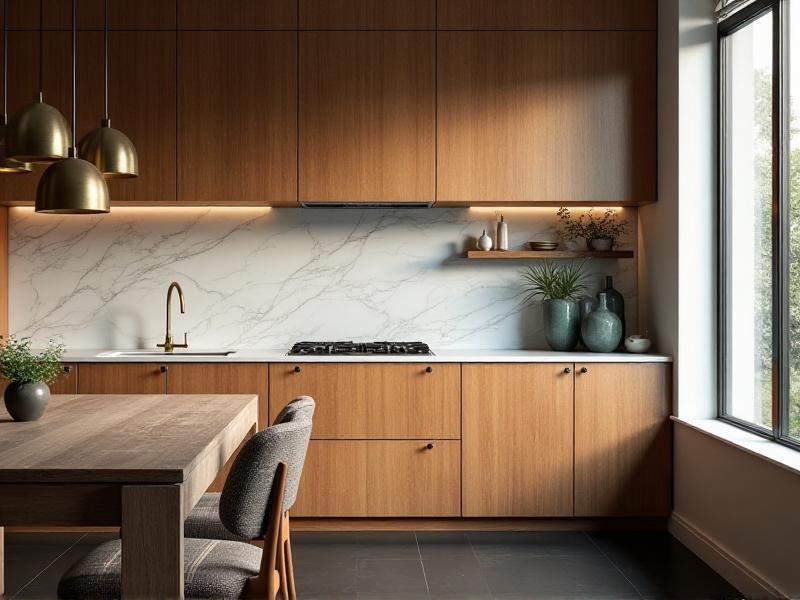
Texture plays a pivotal role in kitchen design, adding depth and character to the space. It refers to the surface quality of materials, whether smooth, rough, glossy, or matte. By incorporating a variety of textures, designers can create a visually dynamic and inviting kitchen. For instance, pairing a sleek marble countertop with a rustic wooden island can strike a perfect balance between modern and traditional aesthetics. Texture not only enhances the visual appeal but also influences the tactile experience, making the kitchen more engaging and comfortable.
2. The Psychology of Texture in Kitchen Spaces

The textures used in a kitchen can evoke specific emotions and set the tone for the entire space. Smooth, polished surfaces often convey a sense of cleanliness and modernity, while rough, natural textures can create a warm and cozy atmosphere. Understanding the psychological impact of texture allows designers to craft kitchens that align with the desired mood. For example, a kitchen with soft, tactile materials like fabric upholstery and matte finishes can feel more intimate and welcoming, ideal for family gatherings.
3. Combining Textures for a Balanced Design
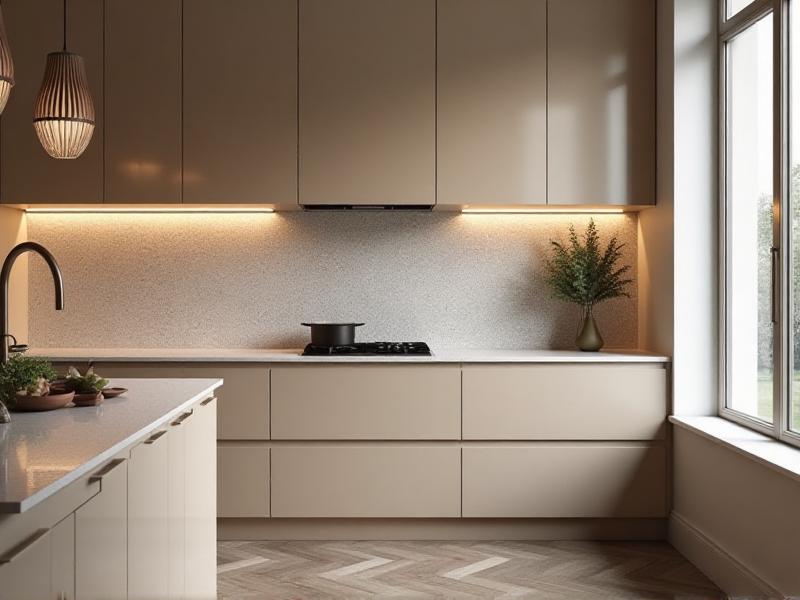
Creating a harmonious kitchen design involves carefully balancing different textures. Too much of one texture can make the space feel monotonous, while a well-thought-out mix can add richness and interest. Consider combining glossy cabinets with a textured backsplash or pairing a smooth countertop with a patterned floor. The key is to ensure that the textures complement each other without overwhelming the senses. This balance can elevate the kitchen from ordinary to extraordinary, making it a true centerpiece of the home.
4. Popular Textured Materials for Kitchen Design
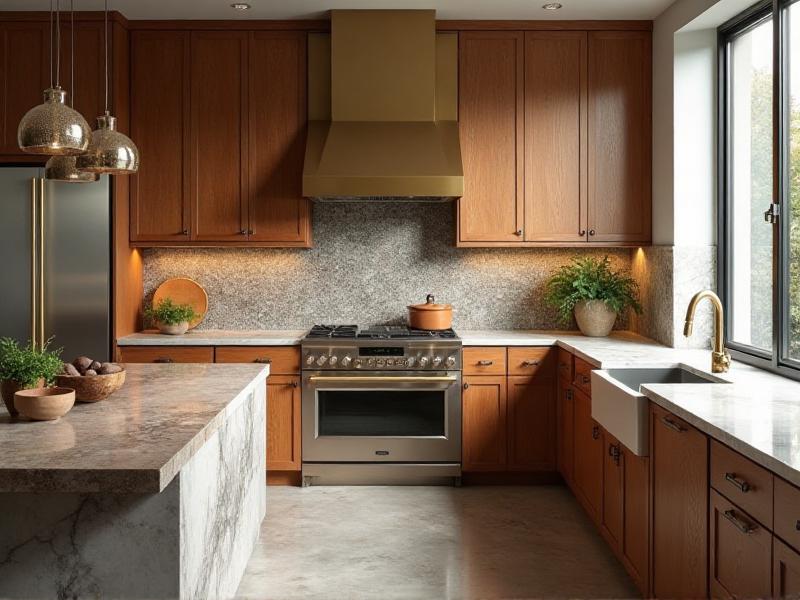
Several materials are renowned for their textural qualities in kitchen design. Natural stone, such as granite or quartz, offers a unique blend of durability and aesthetic appeal. Wood, with its grain patterns, adds warmth and character. Metals like stainless steel or brushed brass introduce a sleek, modern touch. Even glass and ceramics can be used to create interesting textures through patterns and finishes. Each material brings its own unique texture, allowing for endless creative possibilities in kitchen design.
5. Textured Backsplashes: A Focal Point in Kitchen Design

The backsplash is an excellent opportunity to introduce texture into the kitchen. Textured tiles, whether made of ceramic, glass, or stone, can serve as a striking focal point. A textured backsplash not only adds visual interest but also provides a practical surface that is easy to clean. From subway tiles with a raised pattern to mosaic tiles with a three-dimensional effect, the options are vast. Choosing the right textured backsplash can transform the kitchen into a space that is both functional and aesthetically pleasing.
6. The Role of Lighting in Enhancing Texture
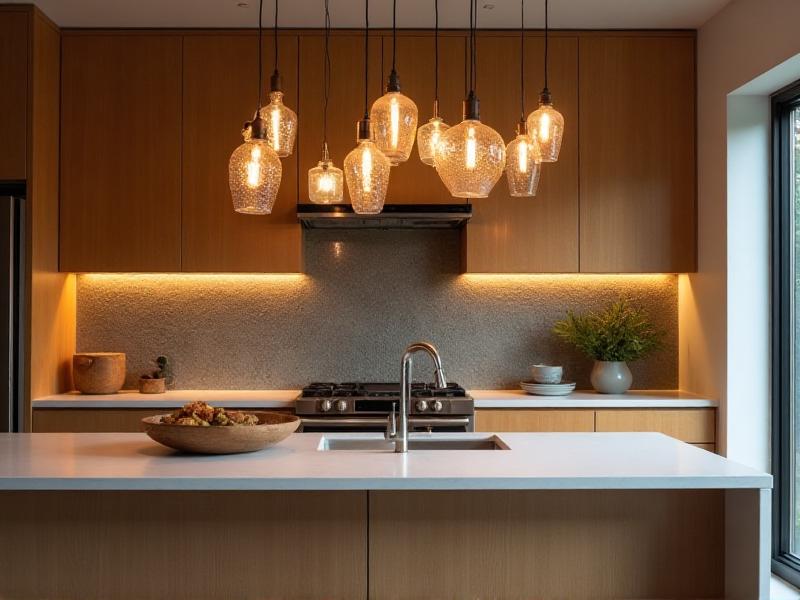
Lighting plays a crucial role in highlighting the textures in a kitchen. Properly placed lighting can accentuate the details of textured surfaces, creating depth and dimension. For example, under-cabinet lighting can cast shadows on a textured backsplash, emphasizing its patterns. Pendant lights with a textured glass shade can add a layer of visual interest to the space. By thoughtfully integrating lighting, designers can enhance the texture and overall ambiance of the kitchen.
7. Textured Flooring: Grounding the Kitchen Design

Flooring is another element where texture can make a significant impact. Textured flooring, such as patterned tiles or distressed wood, can add character and warmth to the kitchen. It also provides a practical benefit by offering better traction and reducing the risk of slips. The texture of the flooring should complement the overall design theme, creating a cohesive look. Whether opting for a subtle texture or a bold pattern, the right flooring choice can ground the kitchen design and tie all elements together.
8. Textured Cabinetry: Adding Depth to Kitchen Storage
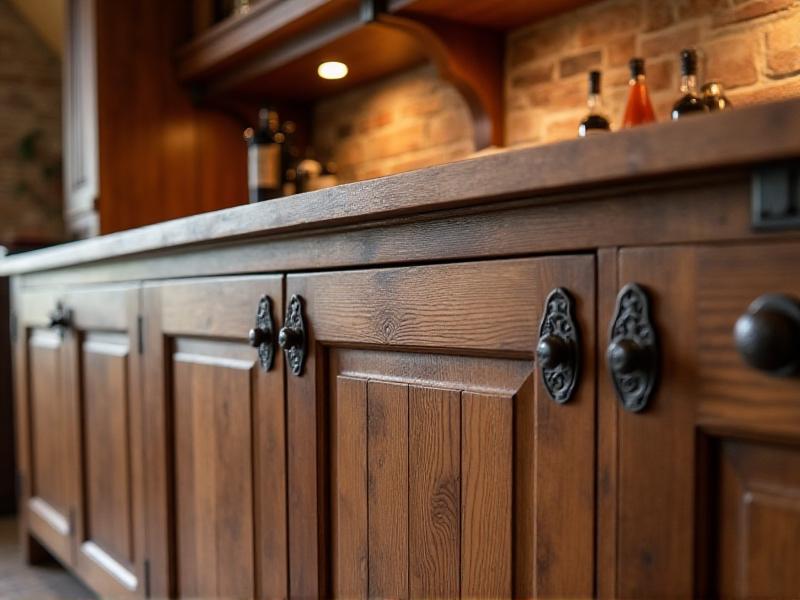
Cabinetry is a major component of kitchen design, and texture can play a significant role in its appearance. Textured cabinet doors, such as those with a wood grain finish or a raised panel design, can add depth and interest to the kitchen. Even the choice of hardware, like knobs and handles, can introduce texture. By selecting textured cabinetry, designers can create a kitchen that feels more dynamic and layered, enhancing both its visual and tactile appeal.
9. The Impact of Texture on Small Kitchen Spaces

In small kitchens, texture can be a powerful tool to create the illusion of space. Light, smooth textures can make the kitchen feel more open and airy, while darker, rougher textures can add coziness. Strategic use of texture, such as a glossy backsplash or a textured ceiling, can draw the eye upward, making the space feel larger. By carefully selecting and placing textured elements, designers can maximize the potential of small kitchen spaces, making them both functional and visually appealing.
10. Future Trends in Textured Kitchen Design

As kitchen design continues to evolve, texture is becoming an increasingly important element. Future trends may include the use of innovative materials, such as textured concrete or 3D-printed surfaces, to create unique and personalized kitchens. Sustainability is also likely to play a role, with more designers opting for eco-friendly textured materials. The integration of smart technology, such as textured surfaces that change color or pattern, could also become a trend. Staying ahead of these trends allows designers to create kitchens that are not only beautiful but also forward-thinking.
Key Takeaways
- Texture adds depth and character to kitchen design, influencing both visual and tactile experiences.
- Combining different textures creates a balanced and dynamic kitchen space.
- Lighting plays a crucial role in highlighting and enhancing textures.
- Textured materials, such as natural stone, wood, and metal, offer endless creative possibilities.
- Future trends in textured kitchen design may include innovative materials and smart technology.
Frequently Asked Questions
-
How can I incorporate texture into a small kitchen?
Use light, smooth textures to create an open feel and strategically place textured elements to draw the eye upward. -
What are some popular textured materials for kitchen design?
Natural stone, wood, metal, glass, and ceramics are popular choices for adding texture. -
How does lighting affect texture in the kitchen?
Proper lighting can accentuate textured surfaces, creating depth and dimension in the space.

